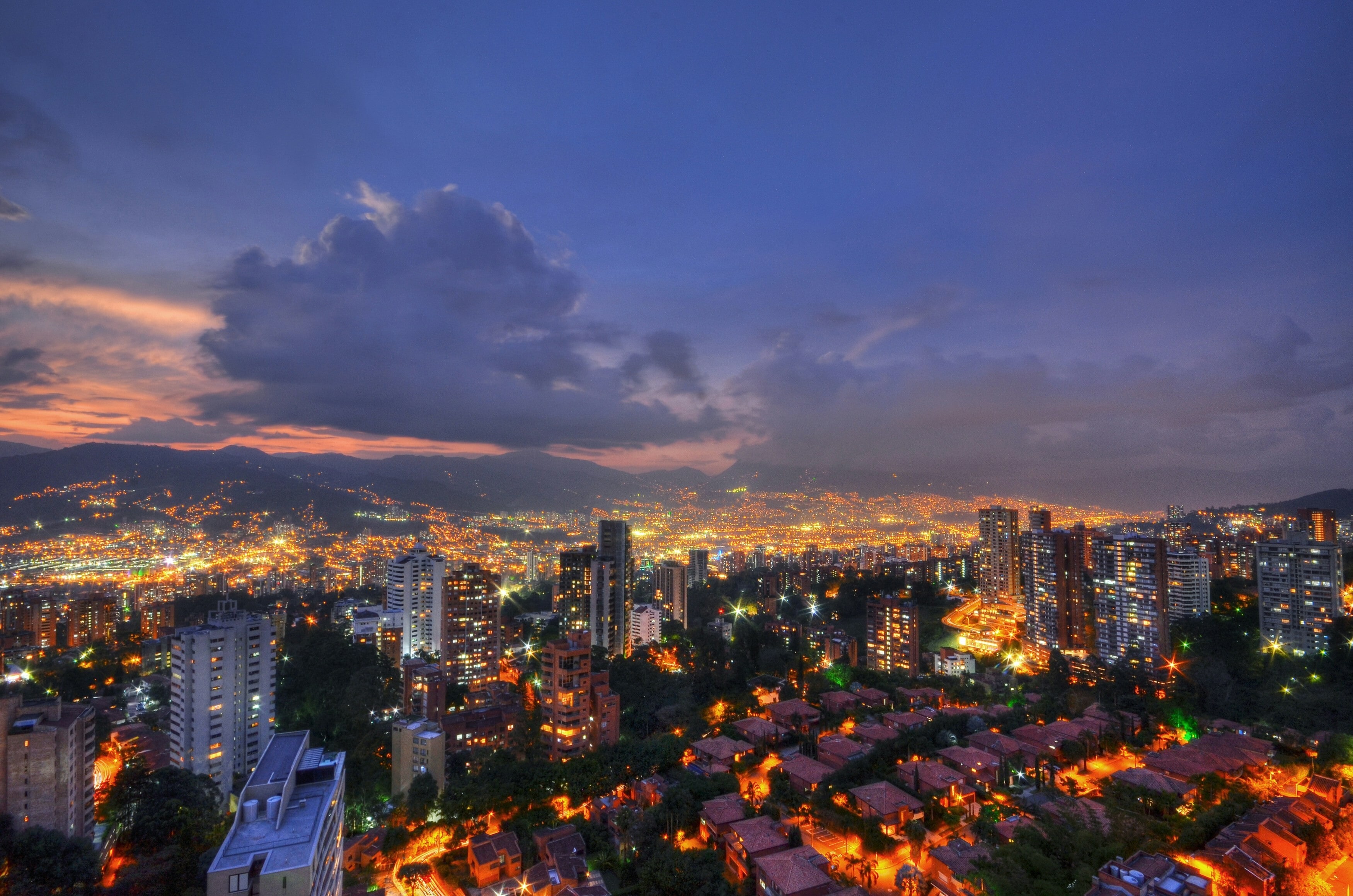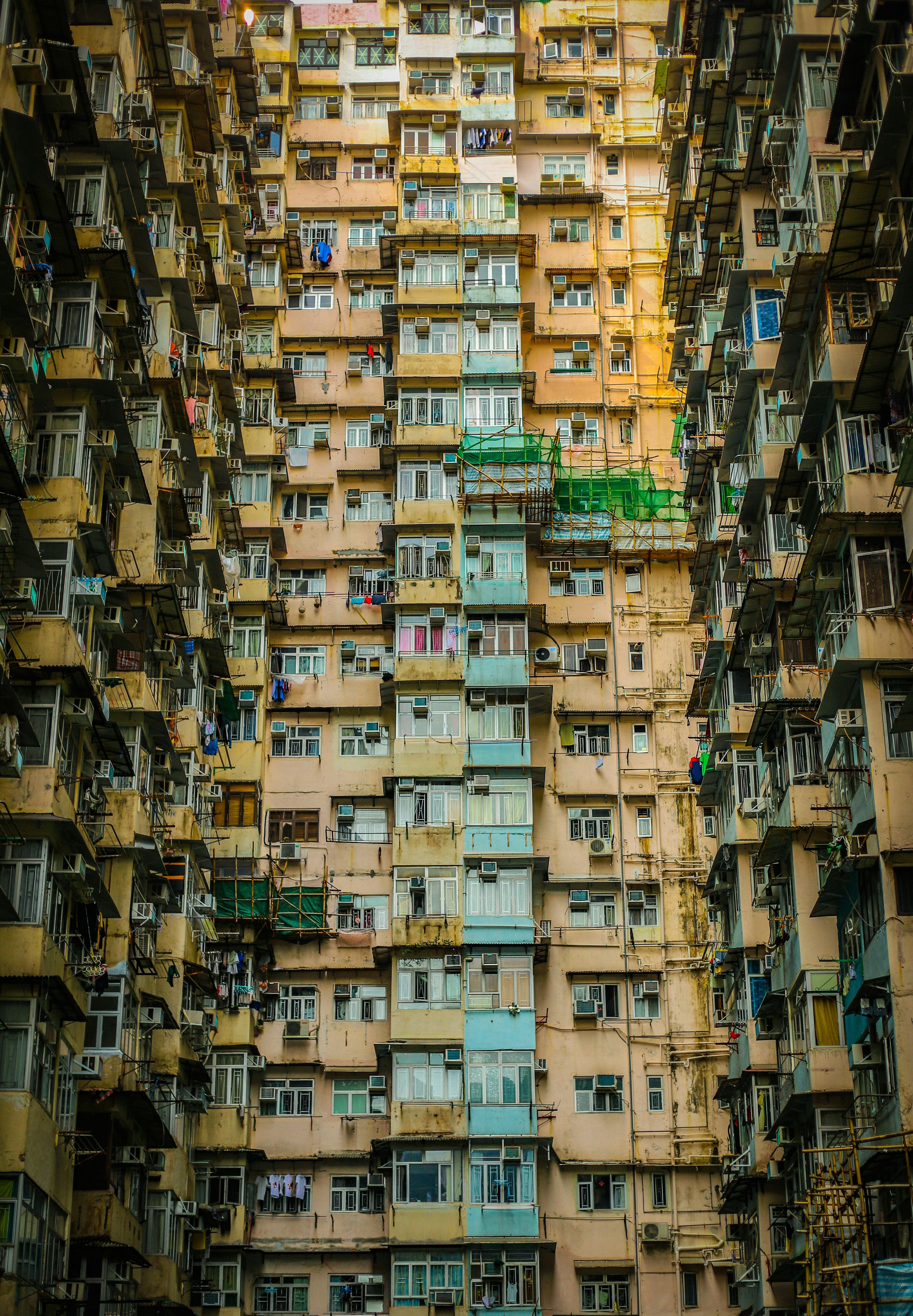How can we create green, inclusive and innovative urban spaces?

'...digital infrastructure, adequate housing, and green and open spaces have also emerged as critical assets' during COVID-19.
Image: UNSPLASH/Ignacio Brosa
Stay up to date:
The Net Zero Transition
- In Barcelona and other cities around the world, the pandemic has highlighted a need to make cities more inclusive.
- Barcelona's Deputy Mayor and an expert from the World Bank outline three steps to achieve this.
- From fixing the digital divide, to restoring a healthy balance between tourism and housing needs and improving access to green spaces.
As countries see some of the effects of COVID-19 beginning to recede, people are beginning to take stock of what has changed in their communities, for better or for worse. Access to essential services like healthcare, clean water and food gained prominence, as residents struggled with the pandemic’s worst effects. For local governments, digital infrastructure, adequate housing, and green and open spaces have also emerged as critical assets during the crisis.
The first opportunity is to fix the digital divide. Studies have shown that, over the last year, the world has seen a 7-year progress in the digitalization pace. Digital transformation offers many opportunities in economic and social terms, from boosting economic diversification to providing a whole new set of educational and labor skills. However, if not accompanied by proper digital inclusion policies, it can also widen inequalities between people who benefit from globalization and people who are already worse off.
For example, in Barcelona, a city-wide survey shows that 92% of households have home-based access to internet . Excluding the population over 74 years old, this figure jumps to 96% - which constitutes a 12-point increase since 2016.
While only 1% of the city’s population does not have a home-based connection to the internet due to insufficient economic resources, that’s 1% too many in a prosperous city like Barcelona. Socioeconomic inequalities also determine the type of devices owned by people and their ability to use the internet. Older, less educated, and unemployed people use less internet and for less diverse uses than younger people, students, people with higher education levels, and employed populations.
In 2020-2021, going digital became the main strategy to avoid the pandemic’s worst learning and employment impacts. Yet some of the inequalities outlined above resulted in 56% of low-income workers being unable to telework, and 6.5% of students not being able to follow online education due to socioeconomic reasons. Barcelona responded with an emergency plan for digital inclusion that has worked to provide thousands of devices, internet connections and new digital skills for low-income families. But a lot more needs to be done. This is why the city will be piloting a comprehensive digital inclusion program, addressing connectivity, devices and skills all at once, beginning in September.
Buenos Aires, Argentina is trying something similar.
The city’s government provided free wi-fi hotspots in poor neighborhoods such as Barrio 31 to enable online schooling, while training teachers to carry out online education. At the same time, it developed a WhatsApp chat called BOTI to share information with the city’s residents and address numerous COVID-19-related queries in parallel with the emergency operation center.
Digitalization can be a driving force for more prosperous and resilient cities. However, we must not let it become a new layer of inequality . The reality today points to the large challenge ahead. Indeed, in 2018, overall internet user penetration encompassed 51% of the global population, but in the least developed countries penetration was only 20%.
Two, restore a healthy balance between tourism and housing needs. With the appearance of lockdowns and restrictive international travel rules to rein in the spread of COVID-19, tourism was put on hold almost everywhere in the world. While the sudden drop in customers hurt millions of businesses that depend on tourism spending, it also freed up the policy space to reevaluate the place of tourism in city priorities and residents’ quality of life.
In the Old Town District of Barcelona (Ciutat Vella), the hospitality sector accounts for 21.8% of economic activity. With the pandemic, from February 2020 to February 2021, unemployment grew by almost 60% in the district, and economic transactions fell by 40%. This reinforced the notion that mixed uses are essential to the city’s economic resilience. The city center must go beyond being a tourist destination and become a space where people live and work again.
The need for transformation is particularly evident in the housing sector, where the uncontrolled rise of short-term tourist rentals have driven up housing costs. Balancing short-term holiday rentals with long-term residential real estate will be key to creating new urban livelihoods in city centers and ensuring the diversity of economic uses.
Helsinki is another example of a city grappling with that balance, as it invests in issues and amenities that matter for both residents and visitors such as quality education, open space, and public transportation.
The emerging changes related to the future of work, as employers move to hybrid models involving a mix of home-based and office-based work, are also generating opportunities to improve the supply of affordable housing . The City of London Corporation – in charge of the one-square mile central business district in London – has recently announced plans to create 1,500 housing units by converting office space.
Three, enshrine the right to green spaces and public squares. With so many offices and businesses closed during COVID-19, residents flocked to parks and the countryside for exercise and a relief from cramped living quarters. But not all neighborhoods are equally blessed when it comes to access to nature and outdoor space.
In the city of Freetown, Sierra Leone, the local government has accelerated its plan to plant one million trees, supporting the livelihoods of people affected by COVID-19 in the process.
The pandemic has turned catastrophic scenarios that once seemed far-fetched into reality for countries around the world. As they emerge from the health crisis, people and governments realize that climate change prophecies may well materialize. Investing in nature-based solutions to protect cities from extreme events such as heat waves, flooding and mudslides should now be at the top of cities’ to-do lists.
How is the World Economic Forum supporting the development of cities and communities globally?
Together with fixing the digital divide, and restoring a balance between tourism and housing, protecting and enhancing life-saving green spaces should become a core part of city management in 2021 and beyond. The pandemic has accelerated the digital transformation and has shown the need for stepping up climate action. We have also witnessed the effects of unequal living conditions in times of crisis. crisis. The lesson is clear: smooth transitions towards a greener, innovative urban futures are needed - and they must be just and inclusive.
Accept our marketing cookies to access this content.
These cookies are currently disabled in your browser.
Don't miss any update on this topic
Create a free account and access your personalized content collection with our latest publications and analyses.
License and Republishing
World Economic Forum articles may be republished in accordance with the Creative Commons Attribution-NonCommercial-NoDerivatives 4.0 International Public License, and in accordance with our Terms of Use.
The views expressed in this article are those of the author alone and not the World Economic Forum.
Related topics:
Forum Stories newsletter
Bringing you weekly curated insights and analysis on the global issues that matter.
More on Urban TransformationSee all
Luis Antonio Ramirez Garcia
August 11, 2025
Michael Fröbel and Stanislas Hillen
August 8, 2025
Jeff Merritt and Vivian Brady-Phillips
July 25, 2025
Muhammad Hassan Dajana and James Balzer
July 22, 2025
Olivia Nielsen
July 16, 2025





